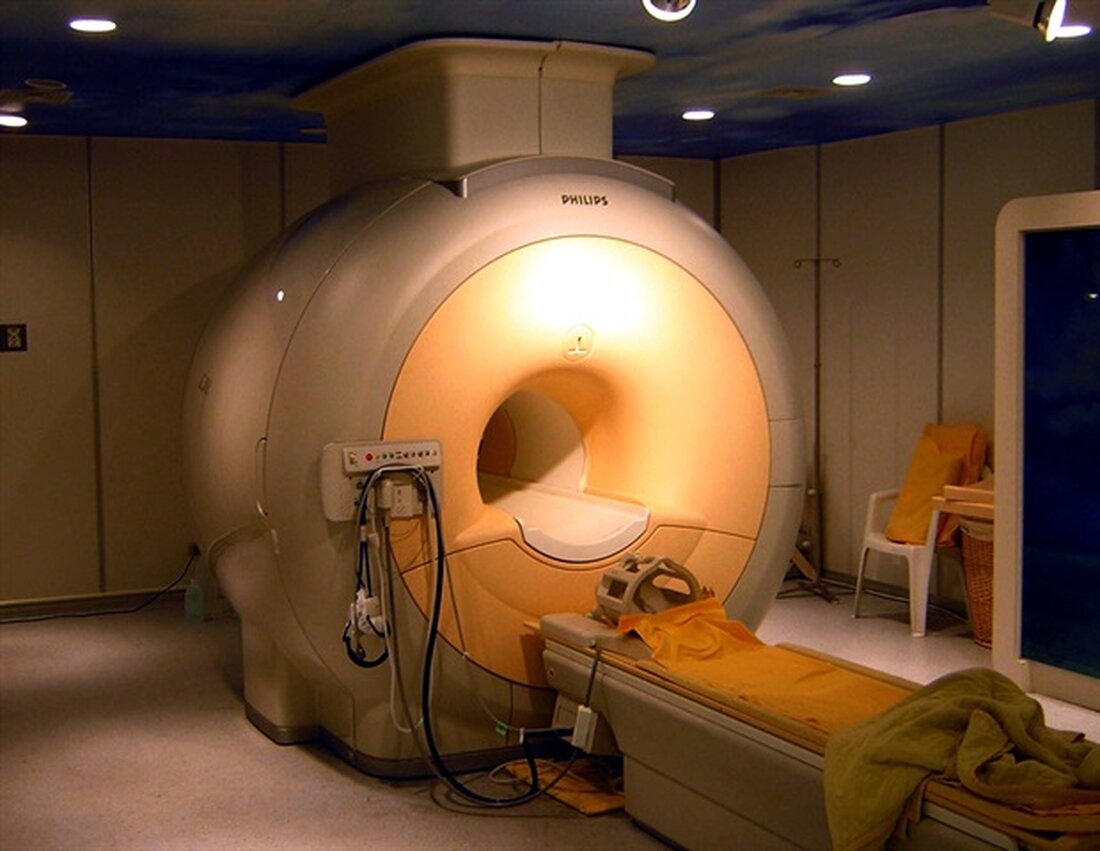Magnetic resonance imaging can reliably produce measurements of the ACL footprint
Magnetic resonance imaging (MRI) can reliably provide measurements for anterior cruciate ligament (ACL) “footprints” that are critical for placement of grafts for reconstructive surgery, UT Southwestern researchers report. Jay P. Shah, MD, assistant professor in the department of orthopedic surgery at UTSW, and his colleagues used two- and three-dimensional magnetic resonance imaging (MRI) to determine these measurements, an approach that had not been explored before. Their study was published in European Radiology. This study proves that 2D and 3D MRI are reliable in determining the specifics of the ACL footprint.” Dr. Jay P. Shah, MD, Assistant Professor, Department of Orthopedic Surgery, UTSW The cruciate ligament...

Magnetic resonance imaging can reliably produce measurements of the ACL footprint
Magnetic resonance imaging (MRI) can reliably provide measurements for anterior cruciate ligament (ACL) “footprints” that are critical for placement of grafts for reconstructive surgery, UT Southwestern researchers report.
Jay P. Shah, MD, assistant professor in the department of orthopedic surgery at UTSW, and his colleagues used two- and three-dimensional magnetic resonance imaging (MRI) to determine these measurements, an approach that had not been explored before. Their study was published in European Radiology.
This study proves that 2D and 3D MRI are reliable in determining the specifics of the ACL footprint.”
Dr. Jay P. Shah, MD, Assistant Professor, Department of Orthopedic Surgery, UTSW
The cruciate ligament is a critical stabilizing ligament of the knee, and cruciate ligament rupture is one of the most common ligament injuries with serious consequences for morbidity, mobility, and cost. Among athletes who sustain ACL tears, 37% are unable to return to pre-injury levels.
In young patients, cruciate ligament tears are often repaired with reconstructive surgery. For successful reconstruction, tunnels must be created in the tibia and femur. The ACL footprint is used to determine where these tunnels should be drilled for graft placement.
The anatomical placement of the ACL grafts impacts stability after surgery and potentially the future risk of arthritis for patients. Improper placement of tibial tunnels can result in reduced rotational stability of the knee. Accurate measurements of ACL footprints allow surgeons to reliably predict anatomy and plan surgery.
To determine where to create the tunnels, surgeons typically use arthroscopy, in which a camera connected to a tube is inserted through a small incision to view the joint. However, the location of the ACL footprints is not always clear arthroscopically.
MRI has been successfully used to observe the structure of the ACL. Dr. Shah and a team of researchers examined 2D and 3D knee MRIs of 101 adult patients to measure the distances between the tibia and the cruciate ligament and between the ligament and the cruciate ligament. They then compared the measurements with those obtained arthroscopically.
“We found that the mean differences between 2D and 3D measurements of tibial ACL and intermeniscal ligament ACL are small, and both 2D and 3D MRI can be reliably used to describe the anatomy of the ACL footplate,” said Dr. Shah.
Establishing ACL footprint measurements with MRI can help shorten surgery times, shorten recovery times and enable better outcomes for patients, added Dr. Shah added. Future studies will evaluate the outcomes of ACL reconstruction based on different footprint measurements.
Other UTSW researchers involved in this study included Toan Nguyen, Shamrez Haider, David Tietze, Yin Xi, Uma Thakur and Avneesh Chhabra.
Source:
UT Southwestern Medical Center
Reference:
Nguyen, T., et al. (2022) Anterior cruciate ligament footplate anatomy: 3-dimensional and 2-dimensional MRI evaluation with arthroscopy assessment in a subset of patients. European radiology. doi.org/10.1007/s00330-022-08920-2.
.

 Suche
Suche
 Mein Konto
Mein Konto
